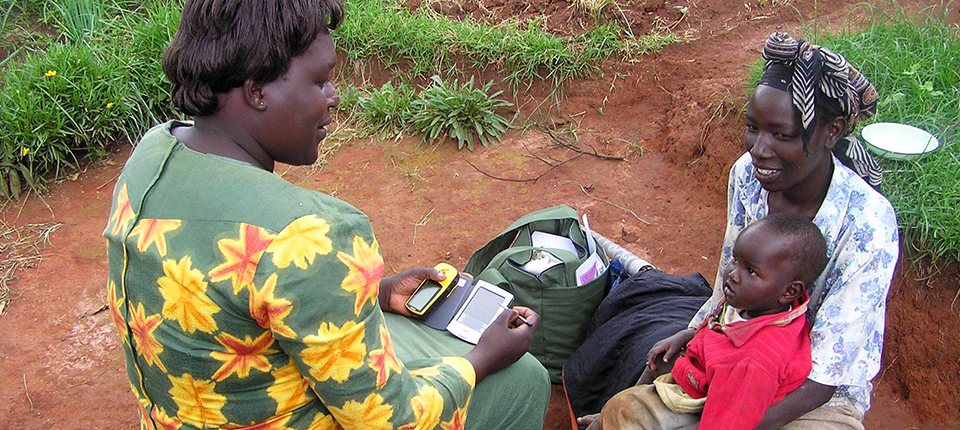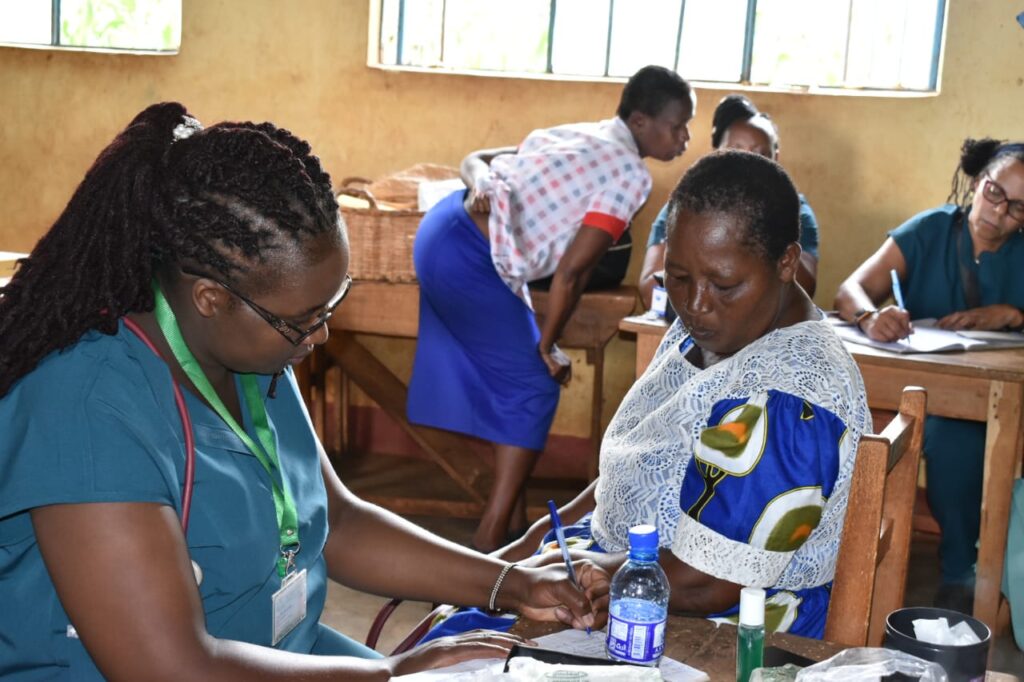
Kenya is a country in eastern Africa with a population of over 53 million. It gained its independence in the early 1960s and began to try and make many reforms to its healthcare system. Progress accelerated in the 1990s and then in 2010 the Constitution of Kenya was created with the goal to realize fundamental human rights for the entire population. However, despite the many reforms and new programs the quality of and access to healthcare in Kenya remains poor. Nearly half of the population is still living below the poverty line. Many mortality and morbidity rates have increased in the last few decades instead of going down. There are still high rates of communicable and noncommunicable diseases such as HIV/AIDS, TB, malaria, diabetes and lower respiratory infections. Kenya’s healthcare system is structured into 4 levels and in such a manner that complicated cases are referred to a higher level.
The main goal of the Kenya Health Policy 2014-2030 was the creation of affordable, equal and quality healthcare for all Kenyans. It also created a tired system of healthcare facilities. Level 1 is community health services. This level is for the identification of cases that need to be managed at higher levels of care. Level 2 is primary care services. There are the dispensaries, health centers and maternity homes for both public and private providers. Level 3 is county referral services. These are hospitals operating in and managed by a county. They consist of the former level four and district hospitals in the county and include public and private facilities. Level 4 is the national referral services. This level comprises facilities that provide highly specialized services and includes all tertiary referral facilities.
The decentralized system has consolidated healthcare service areas into 4 main categories for ease of governance and responsibility. These responsibilities are shared between the national government and county governments. Some national level responsibilities include disease control, health policy, financing and quality. Some county level responsibilities are public health, ambulatory services and promotion of primary healthcare. The Kenya Health Policy 2014 – 2030 also provides a framework that specifies the new institutional and management arrangements required under the decentralized system. It acknowledges the need for new governance and management at both levels of government and outlines objectives. Some of the objectives are: the ability to maintain operational autonomy, the ability to delivery efficient, cost-effective and equitable health services to the population and further decentralization.

There are 3 primary sources of funding for healthcare in Kenya. The first is the public. This includes government allocations from the national budget comprising about 30% of the total yearly expenditure in healthcare in the country. This is also the main source of funding for about 80% of the population that receives services from the public sector. The second is private. This is the largest contributor of total healthcare funds spent in the country at around 35% of the total expenses. These funds serve about 20% of the population that have access to private healthcare services. These are mostly funded through company or employee insurance schemes. The third is donors and NGOs. These include funds to fight diseases such as HIV, malaria and tuberculosis. These funds supplement the public sector and contributes around 30% of the total healthcare expenditure in the country.
The National Hospital Insurance Fund (NHIF) was created in 2004 as a means of providing access to cheaper healthcare to the country. However, since it was introduced, the NHIF has struggled to provide for the growing population and healthcare needs of Kenyans. According to the Ministry of Health, only 11% of Kenyans are covered by this insurance program leaving most of the population, about 89%, without the government health plan. With over 70% of the Kenyan workforce in the informal sector, the majority of them are either not eligible or are unable to afford the premiums set by the government. There are private healthcare plans available for those who can afford them. The majority of Kenyans access health care through out-of-pocket payments. Out-of-pocket payment as proportion of total health expenditure is around 26%. Kenya has tried to combat this with eliminating user fees at the primary health level.
Despite the progress Kenya has made with its healthcare, there are still many issues. There are significant levels of socio-economic inequality in access to healthcare services. Richer individuals use disproportionately more care services even though they have better health status and lower care needs. Poorer Kenyans often forego essential care services due to high costs and even those from higher income households can experience financial hardships after seeking care for long-term conditions. There is also a large difference in the quality of health facilities. Private facilities are better equipped and have more doctors while public ones are often lacking in most areas. There is also a stark difference between rural and urban facilities. Mortality rates are still higher than the average. Diseases like malaria, HIV, measles and TB are still an issue. However, Kenya still remains dedicated to improving their healthcare system and the health of their citizens.
